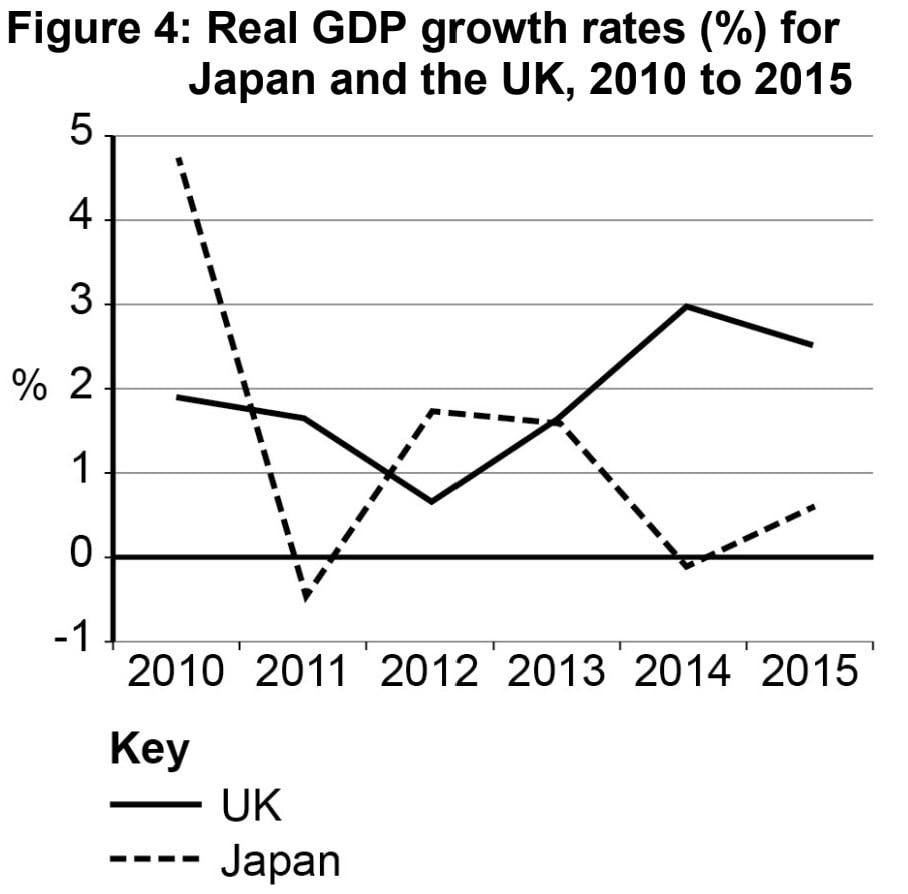Extract E: Argentina’s economic woes
In 2019, Argentina’s inflation rate hit 53.8%, climbing to its highest level in thirty years. This confirmed Argentina’s place among the five countries with the highest inflation rates in the world, just behind Venezuela, Zimbabwe, South Sudan and Sudan. However, inflation isn’t the only problem faced by Argentina. The country has just suffered three years of recession and the government has often struggled to meet its debt repayments.
Despite one of the tightest monetary policies in Argentina’s history, implemented in 2018 after a currency crisis, inflation continued to rise and the recession deepened. It was hoped that policy measures, including a reduction in tariffs and strict currency controls, would help to reduce inflation, but so far this has not happened.
In 2020, Argentina’s central bank cut its base interest rate to support the recovery of the economy. However, it has been argued that lower interest rates would be likely to cause further inflation. “Loosening monetary policy without having a clear fiscal plan or winning over the confidence of businesses and consumers is a mistake”, said an Argentine economist.
Some argue that Argentina should prioritise eliminating inflation over other objectives of economic policy. In the 1970s and 1980s, the UK experienced high inflation. Policies were put in place to reduce the money supply and reduce government spending. The control of inflation became the main target of UK government macroeconomic policy. However, reducing inflation often comes at the expense of growth and jobs, at least in the short term.
Source: News reports, 2020
